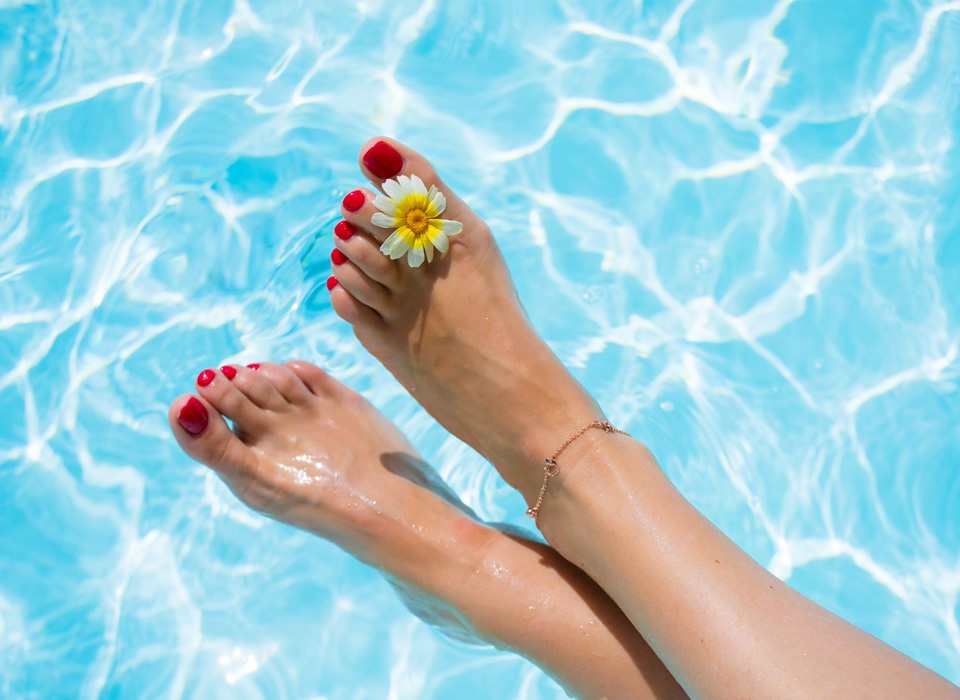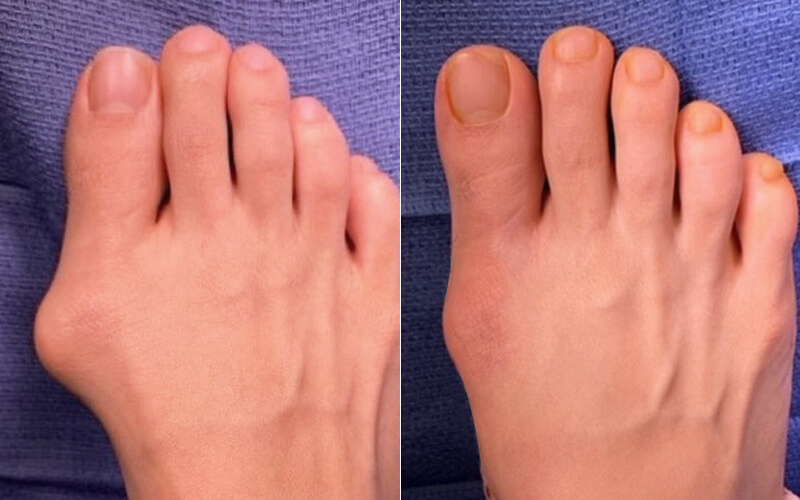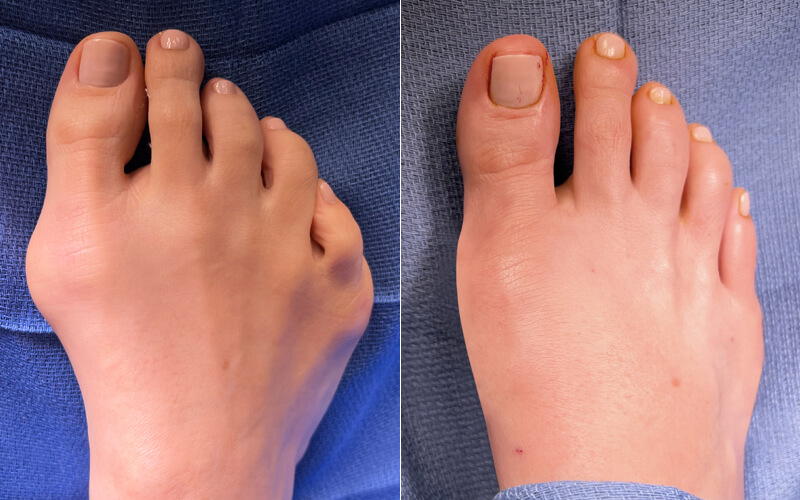Heel Pain Treatment
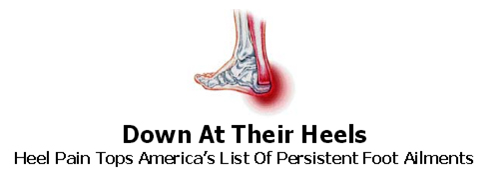
Your heel is capable of providing support for the weight of your body throughout the entire day, day after day. As you can imagine, your feet can handle a heavy load, but even the strongest of support structures can falter if consistently pushed to their limits. Every mile you walk puts 60 tons of stress on each foot. Considering how much time we, as Americans, spend on our feet, it should come as no surprise that heel pain is extremely common.
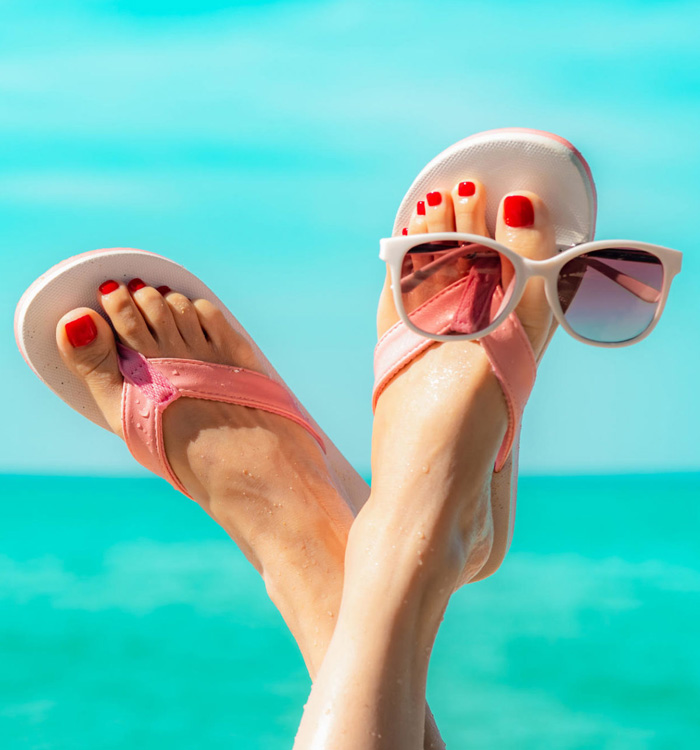
Common Causes of Heel Pain
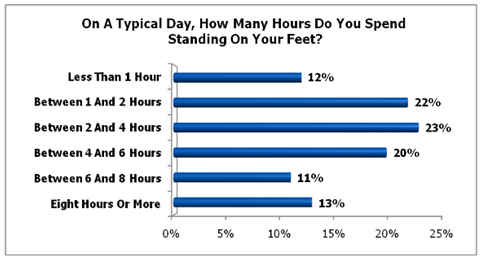
Pain Under the Heel
1. Plantar Fasciitis – This is an inflammation of the strand of tissue that runs along the bottom of the foot and connects the heel bone to the base of the toes. It is the most common type of heel pain experienced by athletes. The most common complaint from plantar fasciitis is a burning, stabbing, or aching pain in the heel of the foot that is most commonly felt in the morning.
2. Heel Spurs – Repeated wear and tear of the underside of the heel bone can cause bony overgrowths, called heel spurs, to form. These are commonly seen in runners who constantly irritate the underside of the heel bone, as well as in obese patients or patients that consistently wear overly tight and poorly fitting shoes.
Dr. Jamshidinia discusses Plantar Fasciitis
Dr. Jamshidinia / Board Certified Los Angeles Podiatrist
Pain Behind the Heel
The 2 most common causes of pain behind the heel are Achilles tendonitis and heel bursitis.
1. Achilles Tendonitis – This is an inflammation of the tendon that runs behind the ankle and inserts on the back surface of the heel bone. As the pain behind the heel builds, the skin becomes inflamed and swollen. This is commonly experienced by athletes and runners or in those people who wear shoes that rub or cut into the back of the heel.
2. Heel Bursitis – Inflammation of the back of the heel that causes a sac of fluid (bursa) to form. The pain is typically felt at the back of the heel, with associated swelling of the Achilles tendon. The pain tends to get worse as the day progresses. It is commonly caused by landing awkwardly on the heels or from wearing overly tight shoes.
Symptoms of Heel Pain
Although the description may make the symptom obvious, it is important to clearly understand where your heel pain is occurring, at what time of day, what makes it worse, and what makes it better. All of these characteristics of your heel pain will help your podiatrist diagnose the likely cause of it.
- Pain on the bottom of the heel
- Pain behind the heel
- Pain in the arch of the foot
- Pain that is usually worse upon arising or resting
- Pain that increases after running or strenuous exercise
- Pain that increases over a period of months
How to Prevent Heel Pain
- Properly fitting, comfortable shoes for everyday wear is important
- Use the right kind of shoes for each activity you perform- i.e. wear running shoes when you go running!
- Do not wear shoes that are uncomfortable or cause wear on the soles of your feet.
- Stretch and warm-up for at least 15 minutes before you go running or start exercising.
- Remember: Don’t overdo it! If you are running or exercising, know your limits!
- Get adequate rest to allow your body to recover
- Overweight patients are highly encouraged to lose weight to remove some of the stress from the weight-bearing joints.
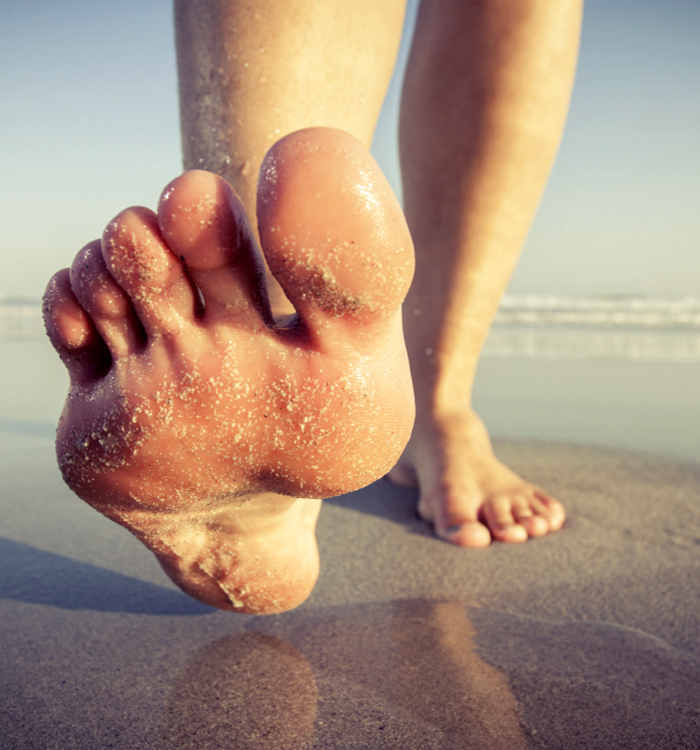
Heel Pain Treatment Options
A physical examination and diagnostic x-ray can help Dr. Jamshidinia understand the cause of your heel pain allowing him to come up with the appropriate treatment plan which may include:
1. Platelet Rich Plasma Therapy (PRP Treatment) – your body’s unique healing properties are isolated from a simple blood draw and can be injected into the area of injury allowing for a rapid healing response over 1-2 weeks. Platelet Rich Plasma therapy sometimes referred to simply as PRP treatment, has become increasingly popular following public endorsements from top athletes utilizing this therapy for various injuries. This unique and highly effective form of therapy is the Tower Foot & Ankle mainstay of therapy for Achilles tendinosis, tendon damage, and plantar fascia injuries and plantar fasciitis. Studies have shown that PRP treatment offers longstanding healing effects when compared to other treatment options such as steroid injections.
2. Anti-inflammatory Medications – NSAIDs are often prescribed to help manage heel pain and inflammation.
3. Corticosteroids – Steroids are often recommended when patients do not respond to NSAID treatment. They can be applied as a topical cream or injected directly into the inflamed and swollen area.
4. Physical therapy – Physiotherapy is a great way to stretch and strengthen the plantar fascia and Achilles tendon. A good physical therapist will also teach the patient techniques which give better foot support during exercise (taping, wrapping, etc…).
5. Splints – A splint is fitted over the foot and leg for the patient to wear overnight. This keeps the plantar fascia and Achilles tendon held in the appropriate position.
6. Orthotics – assistive devices and insoles can be used to cushion and cradle the arch of the foot during the healing process.
7. Shock Wave Therapy – This is the newest form of treatment and uses concentrated sound waves to stimulate healing in the affected area. This form of treatment is reserved for heel pain that is unresponsive to other forms of treatment.
8. Foot and Ankle Surgery – If all other forms of treatment have failed to treat the patient’s heel pain, Dr. Jamshidinia will begin discussing surgical options. This most commonly involves detaching the plantar fascia from the heel bone.
*All graphs and images provided by the American Podiatric Medical Association*

